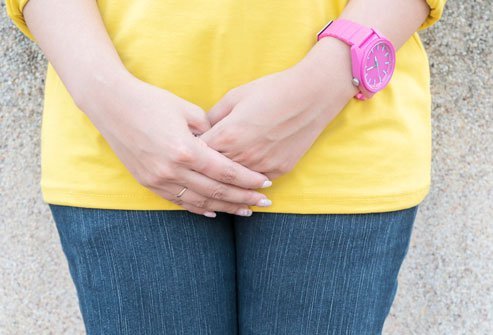Yeast infections vs. STDs in Men and Women
What are STDs?

STDs, also termed sexually transmitted diseases, are infections that are mainly transmitted to others during direct sexual contact (genital, anal and/or oral); a few types may be contracted by nonsexual means like needle sticks (for example, hepatitis B, AIDS).
What is a yeast infection?
A yeast infection is the invasion and multiplication of a fungus (yeast) in or on the body. Yeast infections are not usually transmitted person to person and are not considered to be an STD. There are three types of yeast infections: Vaginal candidiasis, Thrush (oral and esophagus) and Invasive. This article will emphasize the vaginal (genital) type vs STDs.
What yeast infections feel like STDs?
In women, a vaginal yeast infection may mimic STDs while in men, a yeast infection of the urethra and/or foreskin may feel like an STD.
Which symptoms and signs of yeast infections are similar to STDs?
Symptoms of a yeast infection (itching, irritation and a thick discharge) that may be similar to the symptoms of STDs.
How do you get a yeast infection or an STD?
- Most yeast infections occur when yeast, (Candida albicans, mainly) that are normally present on the body, develop conditions that allow the yeast to proliferate and produce symptoms.
- STDs are mainly transmitted person to person through sexual contact and occasionally by contaminated items like needles.
What causes yeast infections vs. STDs?
The cause of yeast infections in men and women is most commonly Candida albicans. Women are more likely to get yeast infections (vaginal yeast infections) and develop symptoms.
In contrast, there are multiple causes for STDs:
- Trichomoniasis: nematode Trichomonas vaginalis
- Herpes: Herpes virus
- Genital warts
- Human Papillomavirus (HPV)
- Gonorrhea: Neisseria gonorrhoeae bacteria
- Chlamydia: Chlamydia species of intracellular bacteria
- HIV/AIDS virus
- Syphilis: Treponema pallidum bacteria
- Hepatitis viruses
- Chancroid: Haemophilus ducreyi bacteria
- Pubic lice: lice insect
Some diseases are listed as being STDs while other listings suggest they are incidentally transmitted by sexual contacts; for example, scabies, bacterial vaginosis, Molluscum contagiosum and others.
What tests diagnose yeast infections and STDs?
Tests to diagnose yeast infections include microscopic visualization of the yeast and/or culture of the fungi. However, blood tests or culture swabs for STDs are often done to prove or diagnose if an individual has an STD.
What is the treatment for yeast infections and STDs?
- The treatment for yeast infections are usually over-the-counter (OTC) creams, ointments or suppositories containing antifungal medication like miconazole or fluconazole in women and mainly creams for men.
- Treatment for STDs vary depending on the cause of the STD (for example, antivirals for some and antibiotics for other STDs).
Can condoms protect against yeast infections and STDs?
Because most yeast infections are not transmitted person to person, there is little evidence that a condom can protect against yeast infections. However, condoms have a good chance to prevent some STDs (estimated to be about 85-98% effective).
How long does it take for yeast infections and STDs to heal and cure?
- Mild yeast infections may clear in about 3 days.
- More severe infections may take 1-2 weeks.
- Almost all yeast infections can be cured. In contrast, STDs time of infection and cure potential vary widely; some, depending on the cause, may last a lifetime and never be cured.
Are there home kits to test for a yeast infection or STD?
There are home kits to test for yeast infection (for example, Monistat Vaginal Health Test). Also, there are separate STD test kits for men and women that claim to be able to detect seven common STDs (for example, Everlywell STD for men).
Are there free or pay for clinics to get tested for yeast infections and STDs?
- Free clinics in your area that can test or diagnose yeast vs STDs infections may be located by contacting your local Community Health Center or simply by going to the internet and searching for free clinics in your area.
- Almost all pay clinics and urgent care centers can test you for yeast infections and STDs.

